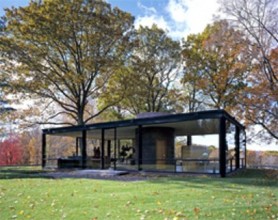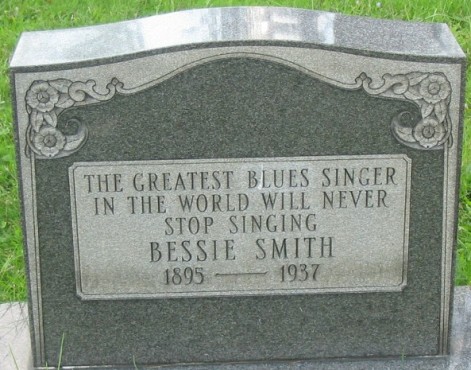Zuni, N.M.
Zuni Pueblo
1203B State Highway 53 (off U.S. 40)
On the border of New Mexico and Arizona is the Pueblo of Zuni, which was once home to one of the most famous two-spirited people, We’wha (1849-1896). Today, the Zuni still relate stories about We’wha, an accomplished weaver and potter who was one of the first Zuni to sell wares for cash. Anthropologist Mathilda Coxe Stevenson described We’wha as “the strongest character and the most intelligent of the Zuni tribe.” In 1886, We’wha spent six months in Washington as Stevenson’s guest, becoming the hit of the capital’s social scene and being generally accepted as an “Indian princess.”
In Zuni culture, We’wha was a lhamana, an individual who combined male and female work and social roles and often dressed in women’s clothing. (Among whites, such individuals were commonly known as berdaches, a French colonialist word meaning “slave boy.”) A lhamana was neither exclusively female or male; of We’wha, they said, “She is a man.” Gay historians disagree about whether or not the lhamana role was exalted or lowly. Some contend that lhamana were holy people – priests and artists – while others say their role was one of humiliation and passivity.
As a child, We’wha lost both parents and was adopted into the family of an aunt. In many photographs at the Smithsonian Institution, We’wha can be seen weaving in front of the family dwelling, which was located in the southeast corner of the Zuni pueblo. The pueblo is open to “respectful guests” every day until dusk. (For more info, visit http://www.experiencezuni.org/home.html.)










You must be logged in to post a comment.